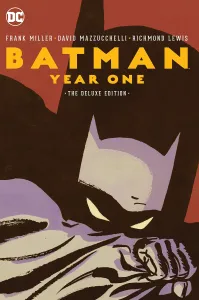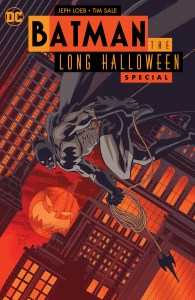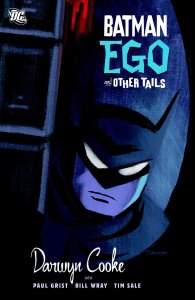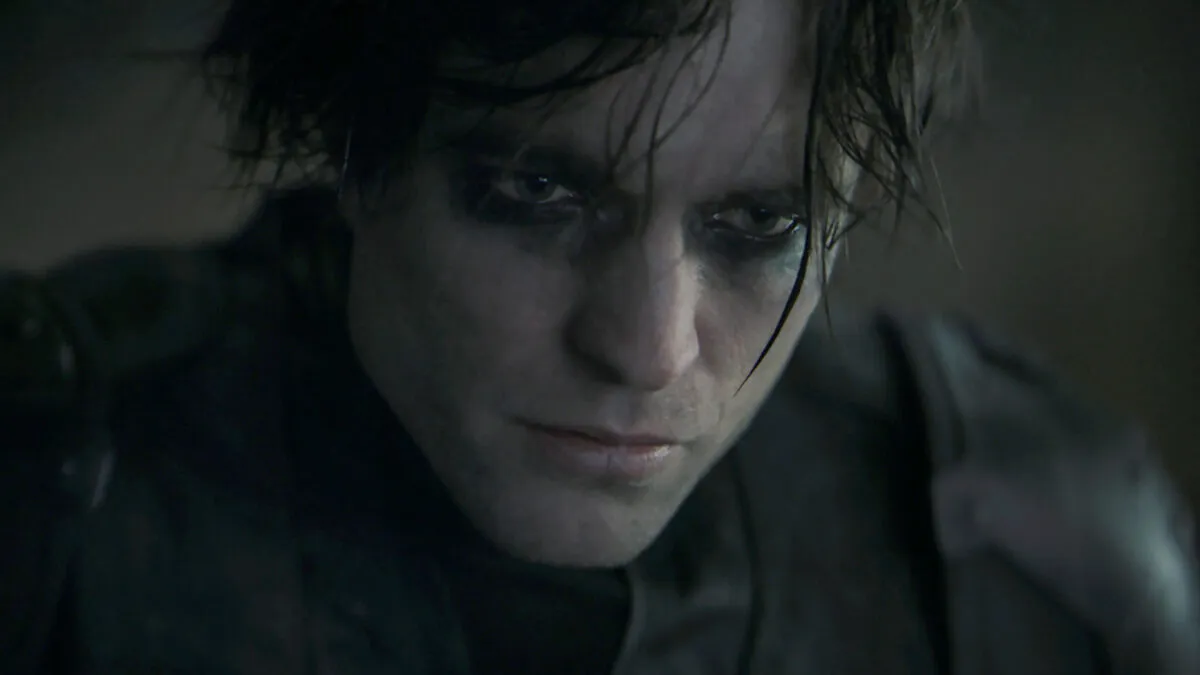With the release of the new Batman film, everyone seems to have caught bat-fever. The Batman, starring Robert Pattinson and Zoë Kravitz, brings audiences a fresh retelling of the Gotham hero. Though the movie is not an exact recreation of any comic, three specific story arcs largely inspired it. Unfortunately, the only cure for bat-fever is more Batman-related content. DC understood this and released a new box set for all the comics that inspired the new movie. The set features Batman: Year One, Batman: The Long Halloween, and Batman: Ego and Other Tails. Let’s take a look at the three key series.
Batman: Year One

The Year One series, by Frank Miller and David Mazzucchelli, is the oldest of the three comic books. Originally published in 1987, the four-chapter series focused on Bruce Wayne’s return to Gotham City, after he left home following the murder of his parents. Finally, he came back to fulfill his promise to his parents to rid Gotham of evil. After an epic fail, Bruce realized he needed a concept to strike fear into criminals. Then, the bat alter-ego was born.
The story is not just about Bruce coming into his own. Bruce came into contact with Selina Kyle as she began her transformation from a dominatrix sex worker to Catwoman. As Catwoman, Selina can easily be a foe or a friend to Batman while making sure she can live her life on her own terms.
It also follows Lieutenant (later Commissioner) Jim Gordon as he acclimates to Gotham P.D. Together with a young District Attorney Harvey Dent, Gordon tries to clean up internal corruption and the streets, but Gotham’s crime families have other ideas. The gritty tale shows the true underbelly of Gotham and how far organized crime wrapped those in charge around its finger.
Batman: The Long Halloween

Next in continually is Jeph Loeb and Tim Sale’s The Long Halloween. Published in 1996, the story picks up right after Year One. Batman tries to find his footing as Gotham’s savior and get a handle on the organized crime problem. Starting on Halloween, murders of people around the mob boss Carmine “The Roman” Falcone flood Gotham. The trend repeats on every holiday through the year, leaving Batman, Gordon, and Harvey Dent scrambling to find a suspect.
However, The Long Halloween also brought in Batman’s rogues’ gallery. Batman no longer faces just the mafia families. His enemies become outlandish and diabolical foes like The Joker and Poison Ivy. The 13 issues document the downfall of golden boy Harvey Dent. Dent buckles under the pressure to find the mafia killer. His journey downward comes to a head when a suspect tosses acid on his face in court. So begins his journey to becoming Two-Face.
Batman: Ego and Other Tails

The major story of this book is 2000’s Batman: Ego by Darwyn Cooke. Picking up in Batman’s early years, Bruce struggles with his dual identity. After an injury where he loses a lot of blood, he contemplates if he should ever put the Batman suit back on. The Bat-suit comes to life, towering over the hallucinating Bruce. The two argue about how his influence may have actually made Gotham worse. Bruce says his crime-fighting brought out all the major supervillains. Without Batman, the city might be better.
Countering, the suit reminds Bruce that the two are one. Batman exists as the fear of death and destruction that has lived in Bruce since childhood. Bruce and Batman will be exist together as long as the other lives. The disturbing psychological struggle gives a glimpse into Bruce’s psyche. He may not be all that different from those he locks up—except he has vowed to never kill, even when the death of those villains could be better for the world.
All three stories show Gotham villains changing from organized crime to egotistical murderers, how one evil easily led to another. They also depict turning points and growth for Batman/Bruce Wayne. And it isn’t always pretty.
(featured image: DC/Warner Bros.)









Published: Mar 4, 2022 04:08 pm